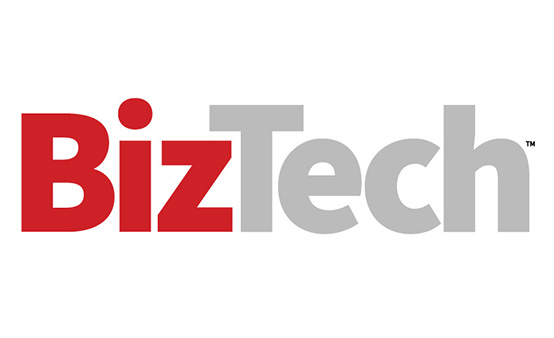Demand for IT workers with the right skills will increase. According to the U.S. Bureau of Labor Statistics, the IT industry is anticipated to add more than 500,000 jobs by 2028, stemming from greater emphasis on cloud computing, the collection and storage of Big Data, and information security.
Expect to see greater demand for IT skills in forecasting, planning, designing and configuring solutions. Such skills will become more critical as a growing number of businesses adjust their day-to-day operations and digital transformation strategies and as they realize the realities of remote operations and workforces.
Create a Culture of Innovation
Organizations can help prepare their teams for all this with appropriate training and technical certification.
Our own IT leadership team has prioritized training, which enables us to implement creative, design-focused thinking to find alternative solutions to business problems. We’re not alone in seeing this value. In its “2019 IT Skills and Salary Report,” Global Knowledge notes that 93 percent of IT decision-makers around the world agreed that certified employees provide added value above and beyond the cost of certification.
Training and certification provide IT employees with new levels of expertise, efficiency and professionalism that inspire stakeholder and customer confidence.
The benefits also extend beyond the organization to the IT professionals themselves, who gain new sills and better career prospects.
WATCH: How to build a future-ready organization that's powers high performance.
How To Build Your Training Program
A formal training program will require support from business leadership. To get it, you must establish clear goals and map each goal to a business objective.
First, focus on how the training will help the employee — and the company’s bottom line. For example, is there a project on the roadmap that requires a specific skill set that can easily be acquired through training?
Next, ensure you understand the needs of your organization and your employees, and clearly communicate what is being offered and why. As much as possible, deliver training in a customized way that incentivizes employees to sign up and complete the curriculum.
Third, consider engaging a training partner. If you clearly communicate the goals and needs of the training, a good partner will help you meet them.
Remember to foster durable skills, such as critical thinking and collaboration, while upskilling around technologies.
The world is moving fast, and the rate of innovation is always increasing. The role of the IT professional will continue to change. Preparing for change through ongoing training and skills development is a strategy with lasting impact. By creating a culture of innovation that prioritizes learning, organizations can gain a competitive edge and remain a resilient force.











